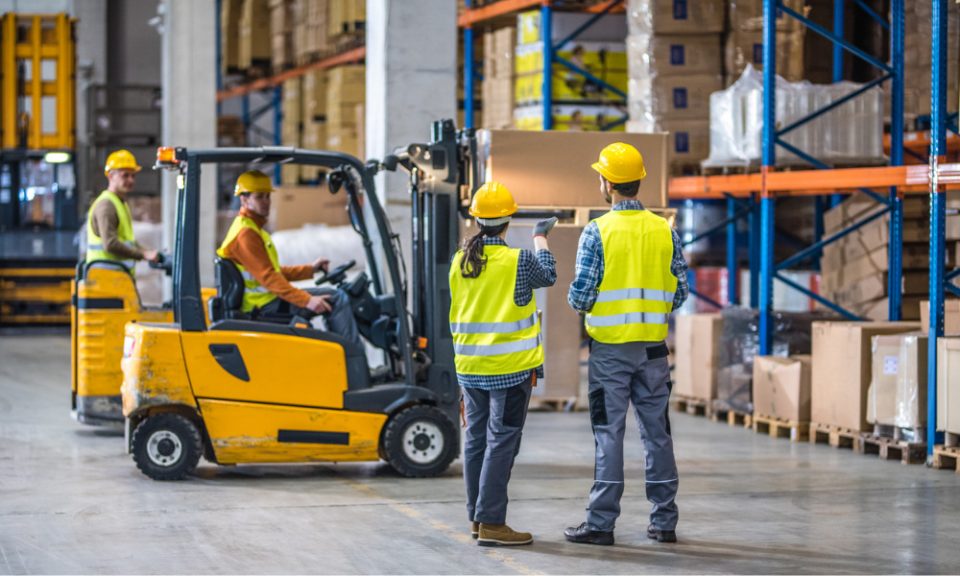Provide proper training to the workers. Training is key to ensuring optimal workplace health and safety. There are a number of different roles and tasks in warehouse settings, such as driving, stacking shelves or packing. As a safety officer, you need to make sure that every worker has received adequate training to prevent any unnecessary workplace accidents.
Mark hazardous zones clearly – and keep the workplace tidy. Many hazardous zones in warehouses don’t have to keep with proper upkeep and housekeeping. Things like piles of boxes or loose cables or rope shouldn’t be left lying around. For those areas that are truly hazardous, mark them with clear signage on walls and floors.
Wear proper clothing while working. With the amount of different hazards present in warehouses, wearing the right gear is a must. You may need to provide workers with special head protection, hand protection or clothing depending on the tasks – which you can figure out after doing a risk assessment.
Ensure there is ventilation in the work area. Especially with the warmer months upon us, ventilation is key to making sure that workers do not overheat. Depending on what environment they are working in, employees could also be brought in contact with chemicals or particulate matter that may cause harmful exposure if not ventilated properly. Heat-related problems such as heat stress or heat stroke are very real issues.
Always use safety equipment. Safety equipment is there for a reason. With the range of different hazards present in warehouse settings, there are loads of different tools or bits of equipment that workers need to use. Do a refresher course on how to use them, post signage in work spaces or break rooms, remind workers during meetings – communicate in all the ways that you need to.


